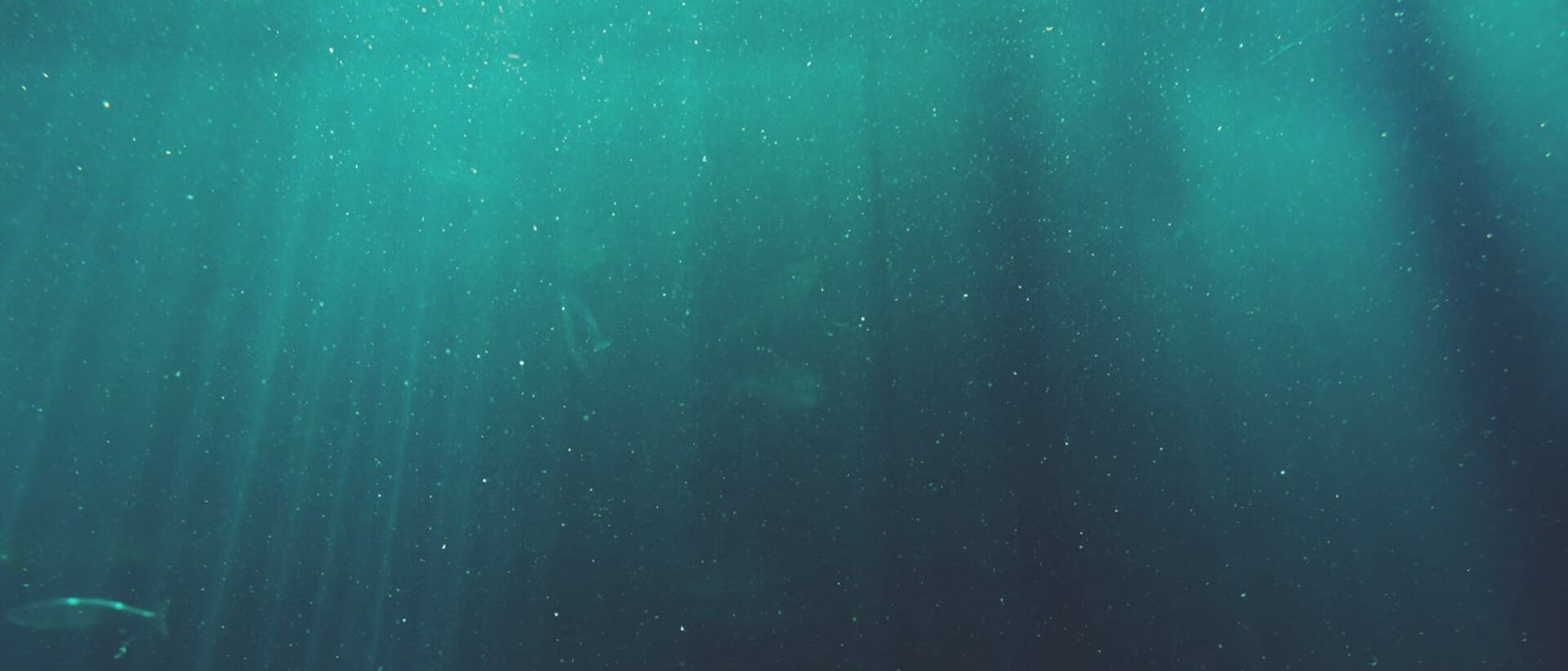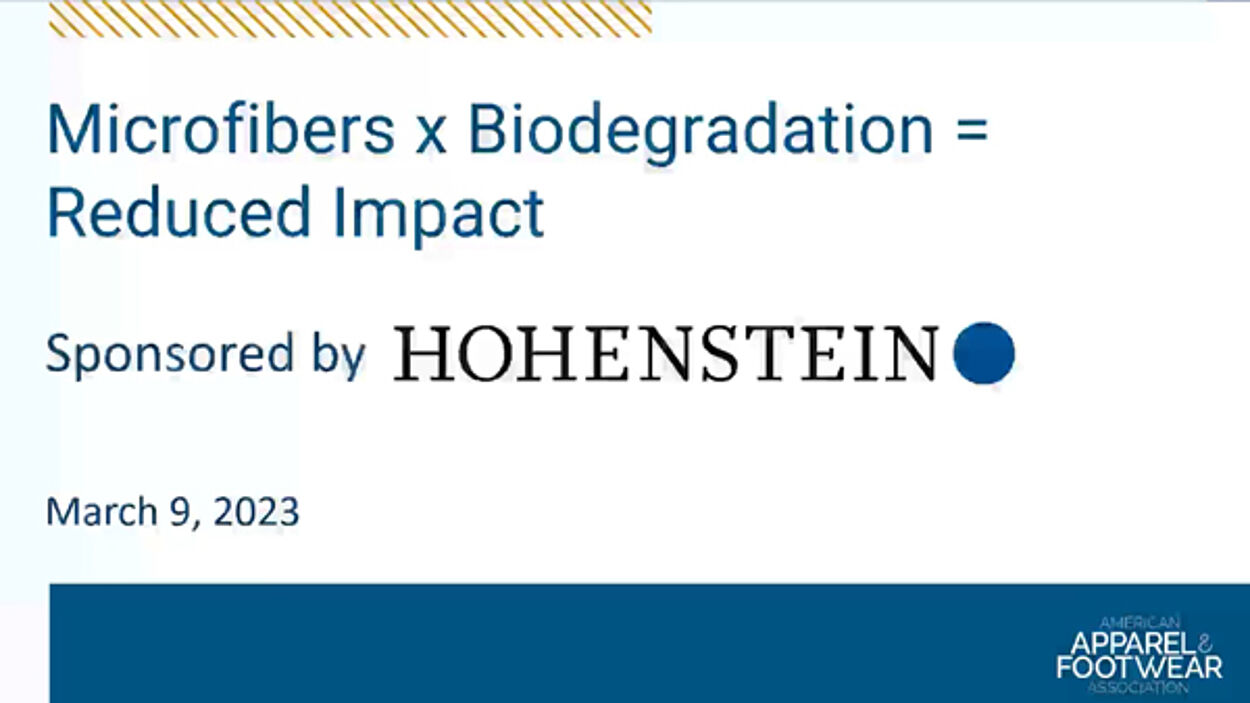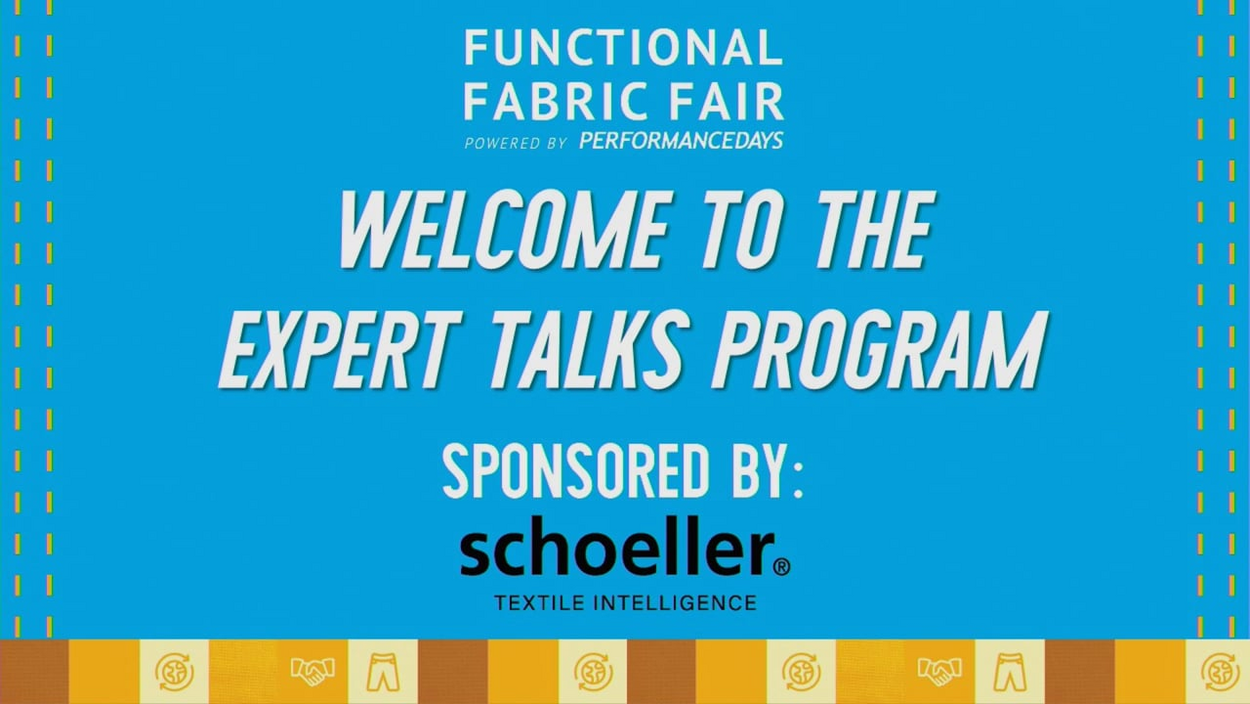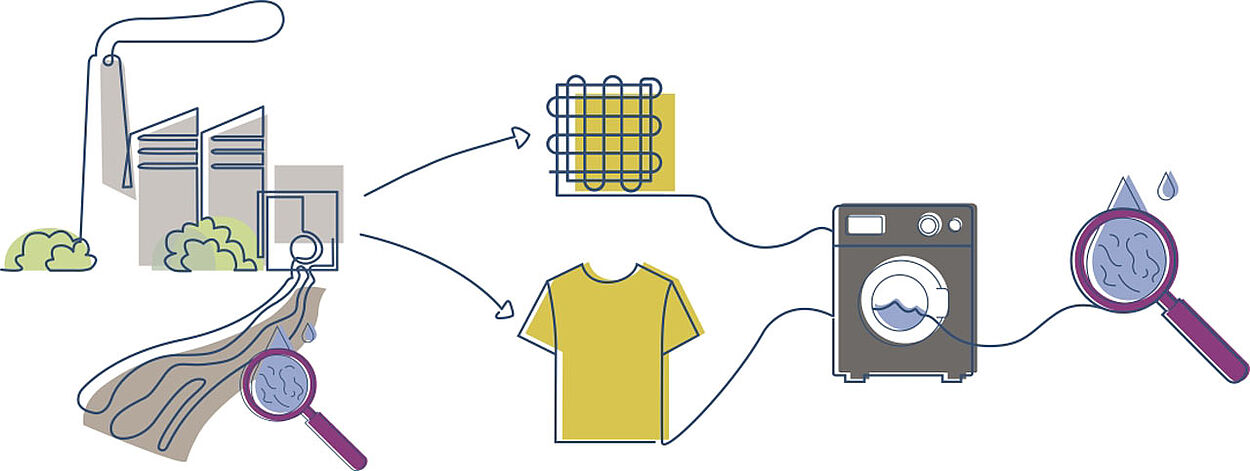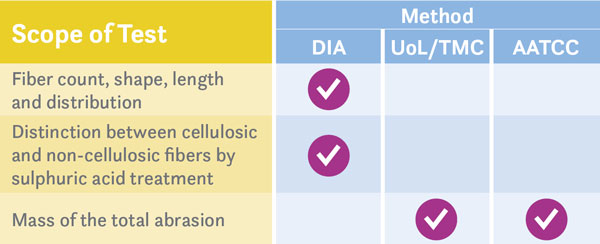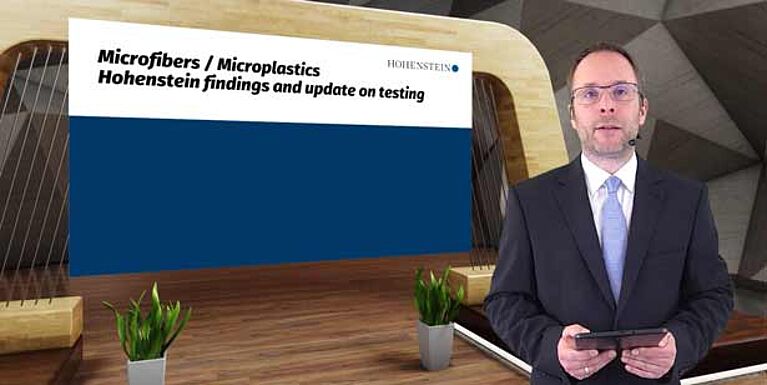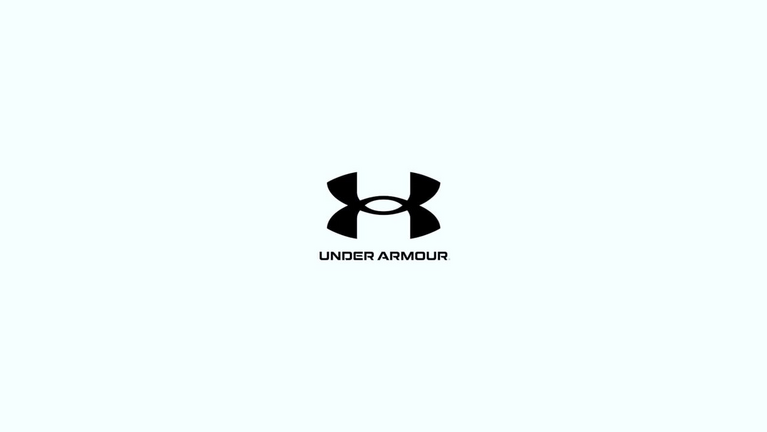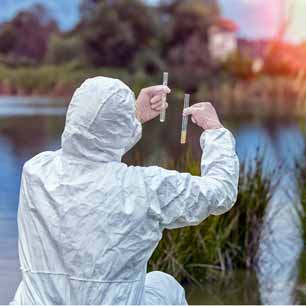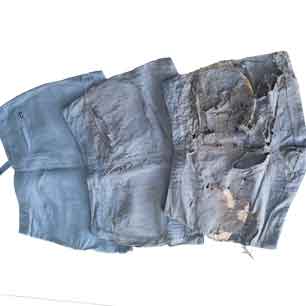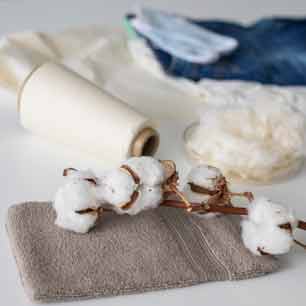Hohenstein Testing and Analysis
- Classification of the fiber discharge during the washing process
- Verification of the fiber residue's biodegradability in wastewater (DIN EN ISO 14851) and the degree of degradation within a defined period of time
- Determination of the ecotoxicology of the fiber residues (DIN EN ISO 20079) after the biodegradation process
